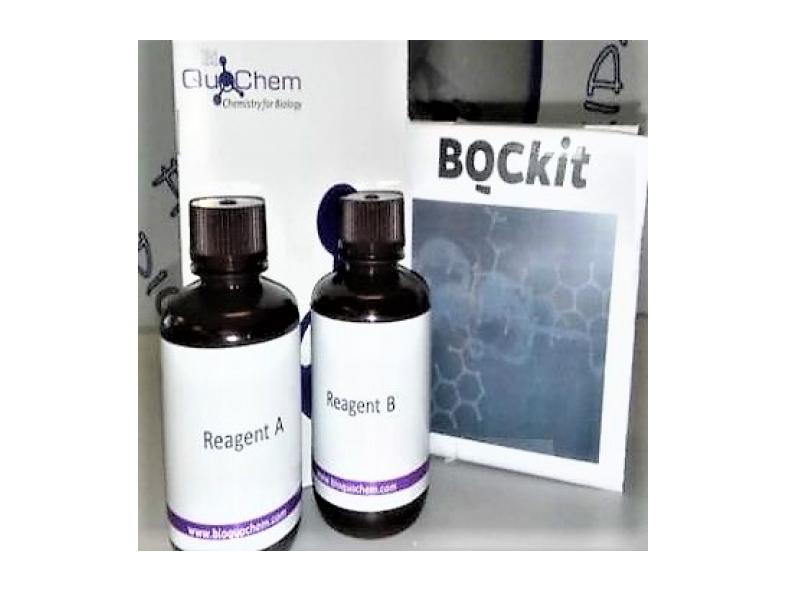New
Anthocyanins
Reference : KB03015
Anthocyanins Assay Kit
Countries eligible for delivery
Countries eligible for delivery:
France (except Corsica and overseas departments and territories), Belgium, French overseas departments and territories, French Polynesia, Luxembourg, Switzerland, France (Corsica)
This Anthocyanins Assay Kit, is an easy, fast and reliable method for detecting anthocyanins and anthocyanidins in solution, like in wine or in berry extracts.
This kit is based on the determination of the total monomeric anthocyanin concentration by the pH differential method. It is a rapid and simple spectrophotometric method and bases on the anthocyanin structural transformation. This occurs with a change in pH (from colored to colorless at two different pHs).
Anthocyanins represent the most important group of water-soluble pigments in the visible region detectable by the human eye. These pigments are responsible for the different colors ranging from red to blue. They are present in various fruits, vegetables and cereals and accumulate in cell vacuoles.
Anthocyanins have different functions in the plant such as the attraction of pollinators, for the subsequent dispersion of seeds, and the protection of the plant against the effects of ultraviolet radiation and against viral and microbial contamination.
Interest in anthocyanin pigments and their aglycans, anthocyanidins, in scientific research have increased in recent years. The reasons are several, such as the color they confer on products containing them. In addition, they likely have a role in the reduction of coronary diseases, cancer or diabetes. They also show anti-inflammatory effects and upturn of visual acuity and cognitive behavior. To sum up, as well as their functional role as colorants, anthocyanins are potential agents in the production of added-value products for human consumption.
This kit is based on the determination of the total monomeric anthocyanin concentration by the pH differential method. It is a rapid and simple spectrophotometric method and bases on the anthocyanin structural transformation. This occurs with a change in pH (from colored to colorless at two different pHs).
Anthocyanins represent the most important group of water-soluble pigments in the visible region detectable by the human eye. These pigments are responsible for the different colors ranging from red to blue. They are present in various fruits, vegetables and cereals and accumulate in cell vacuoles.
Anthocyanins have different functions in the plant such as the attraction of pollinators, for the subsequent dispersion of seeds, and the protection of the plant against the effects of ultraviolet radiation and against viral and microbial contamination.
Interest in anthocyanin pigments and their aglycans, anthocyanidins, in scientific research have increased in recent years. The reasons are several, such as the color they confer on products containing them. In addition, they likely have a role in the reduction of coronary diseases, cancer or diabetes. They also show anti-inflammatory effects and upturn of visual acuity and cognitive behavior. To sum up, as well as their functional role as colorants, anthocyanins are potential agents in the production of added-value products for human consumption.
Food samples and beverages, berries, berries extracts.
Notice Anthocyanins - kit de dosage.pdf
The attached documents are subject to change. To receive the latest updates, please contact us.
Specifications
| Reference | Packaging | |
|---|---|---|
| KB03015-100 | 100 tests (96 puits/wells format) | |
| KB03015-200 | 200 tests (96 puits/wells format) | |
| KB03015-400 | 400 tests (96 puits/wells format) |

